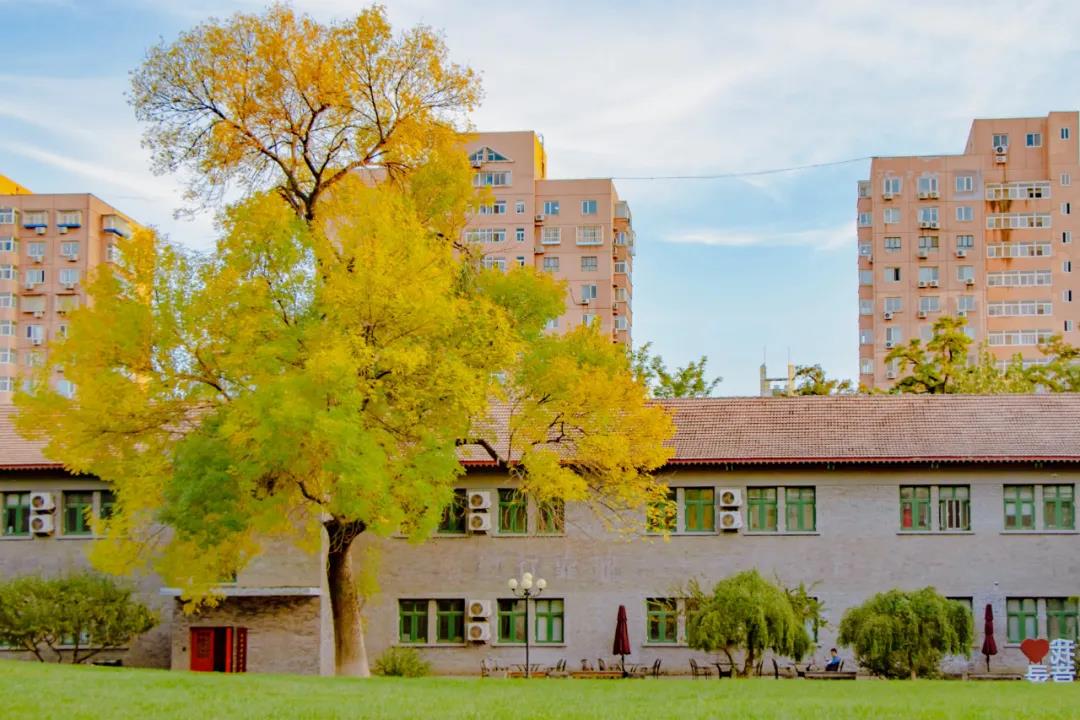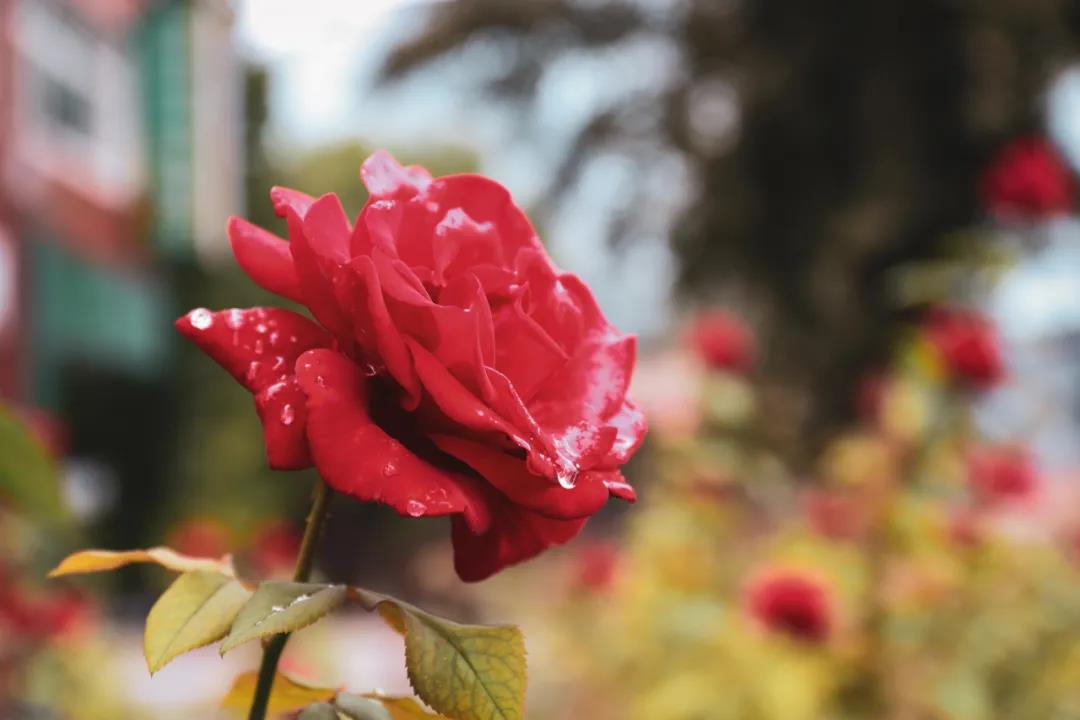月圆蟹肥,桂花皎洁
清风拂面之时,一叶已藏初秋
在美好的秋日
传传为你带来了三首英文诗
与你一同欣赏初秋风光~

Autumn has approached silently, bringing the serene sky and clear wind. The world gradually turns into brilliant orange, purple and scarlet. The bonfires light up the dark night, warm and cozy.
天高风清,秋天静静到来。层林尽染,篝火燃起,景色宜人。
The first piece is written by Robert Louis Stevenson, named Autumn Fires.
《秋火》是由罗伯特·路易斯·史蒂文森所写作的一首英文诗。
Autumn Fires
by Robert Louis Stevenson
In the other gardens
And all up the vale,
From the autumn bonfires
See the smoke trail!
Pleasant summer over
And all the summer flowers,
The red fire blazes,
The grey smoke towers.
Sing a song of seasons!
Something bright in all!
Flowers in the summer,
Fires in the fall!
飘进人家的花园,
飘向溪谷的上空,
瞧呀,一缕轻烟,
来自秋日篝火中!
欢乐的夏天过去了,
夏天的花朵凋谢了,
红色的篝火在燃烧,
一股股青烟升起了。
唱一支四季的歌!
唱一年四季的光彩!
夏天有盛开的花朵,
秋天有篝火升起来!

Besides the bonfires, poets are also fond of picturing other attractive sights, such as baskets with plump melons and fruits inside as well as sickles that has finished harvesting rice. When reading about these poetic images, you will feel satisfied and comfortable.
除了初秋的篝火,诗人们也爱勾勒其他的景物,像是装满丰硕瓜果的背篓,又或是饱食过稻香的镰刀,这些意象往往能令人想起最满足而安逸的感觉。
The poet Rainer Maria Rilke believed that autumn is resting in farmers’ home. He thus depicted his memories of this season.
勒内·马利亚·里尔克认为农家景色最有秋天意韵,于是描绘出了他印象中的秋日。
Autumn Day
By Rainer Maria Rilke
Lord: it is time. The summer was immense.
Lay your long shadows on the sundials,
and on the meadows let the winds go free.
Command the last fruits to be full;
give them just two more southern days,
urge them on to completion and chase
the last sweetness into the heavy wine.
Who has no house now, will never build one.
Who is alone now, will long remain so,
will stay awake, read, write long letters
and will wander restlessly up and down
the tree-lined streets, when the leaves are drifting.
主啊!是时候了。夏日曾经很盛大。
把你的阴影落在日规上,
让秋风刮过田野。
让最后的果实长得丰满,
再给它们两天南方的气候,
迫使它们成熟,
把最后的甘甜酿入浓酒。
谁这时没有房屋,就不必建筑,
谁这时孤独,就永远孤独,
就醒着,读着,写着长信,
在林荫道上来回
不安地游荡,当着落叶纷飞。

The last piece brought to you is written by the famous poet John Keats. He described autumn with a series of specific and vivid natural landscapes. Keats was clearly in harmony with the scenery, as well as his emotions.
最后一首诗是由著名诗人济慈创作的,他描绘了具体而生动的自然图景,同时融情于秋景。
To Autumn
John Keats
Season of mists and mellow fruitfulness,
Close bosom-friend of the maturing sun;
Conspiring with him how to load and bless
With fruit the vines that round the thatch-eves run;
To bend with apples the moss’d cottage-trees,
And fill all fruit with ripeness to the core;
To swell the gourd and plump the hazel shells,
With a sweet kernel; to set budding more,
And still more, later flowers for the bees,
Until they think warm days will never cease,
For Summer has o’er-brimm’d their clammy cells.
雾气洋溢,果实圆熟的秋,
你和成熟的太阳成为友伴;
你们密谋用累累的珠球,
缀满茅檐下的葡萄藤蔓;
使屋前的老树背负着苹果,
让熟味透进果实的心中,
使葫芦胀大,鼓起了榛子壳,
好塞进甜核;又为了蜜蜂
一次一次开放过迟的花朵,
使它们以为日子将永远暖和,
因为夏季早填满它们黏巢。
When it comes to autumn, we may always think of the drying stream and fallen leaves, as well as the bark of squirrels, the dew in the early morning and the fluttering birds. The charm of autumn is not limited to these scenes, while much is still to be discovered by us.
提及初秋,我们总是想到干涸的溪流和落叶,还有吱吱叫的松鼠、清晨的清露与翻飞的小鸟,然而秋日的魅力却不仅限于此,仍有更多美丽值得我们探寻。



